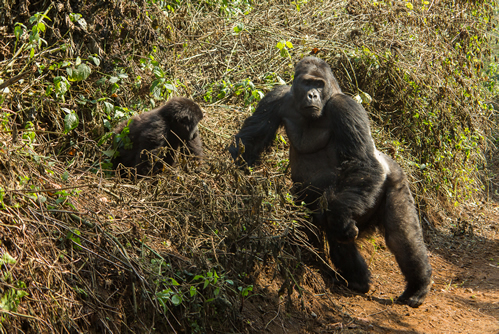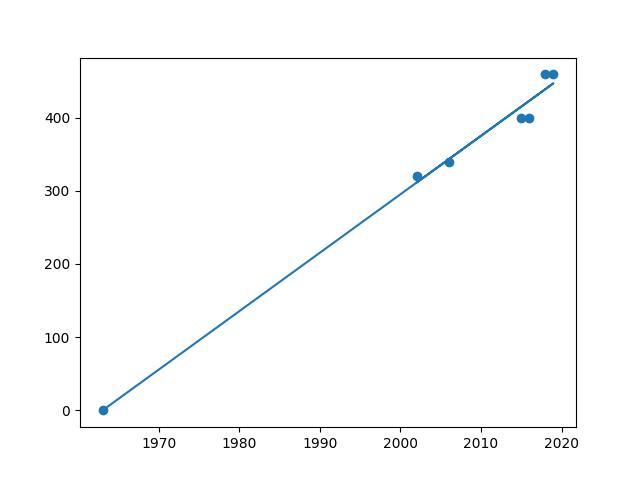Shared Earth

Mountainous Gorilla

Gorillas in general are believed to have evolved from monkeys and other apes in Arabia and Africa about 9 million years. After a period of time (About 2 million years ago), Eastern gorillas separated from the western gorillas in west and central Africa. The eastern gorillas further split into what we now know as mountain gorillas and eastern lowland gorillas 400,000 years ago.
Why they are endangered
Deforestation, poaching, civil unrest, and wars in the Democratic Republic of Congo.
Mountain gorillas are only found in Uganda, Rwanda, and the Democratic Republic of Congo. Mountain gorillas live in high altitudes to support their dense vegetation. Mountain gorillas can be distinguished by their thicker fur compared to other gorillas along with a silver hair behind the male's back giving males the name “silverback”. Silverback gorillas weigh about 100 kg and can weigh up to 1955 kg. Silverback gorillas are also taller and four times stronger than the largest human. Mountain gorillas are capable of moving upright like other gorillas but choose to knuckle walk. Mountain gorillas follow a daily schedule of eating in the morning, resting during mid-day while also playing with their young, and sleeping at their nest built from tree leaves and other vegetation at night. Infants would also share the same nest with their mothers. Mountain gorillas also have a social system with dominant silverbacks and females leading the group. Mountain gorillas are capable of living up to 40 years old
Linear-regression predicting model--number of Mountainous Gorilla vs relative years
